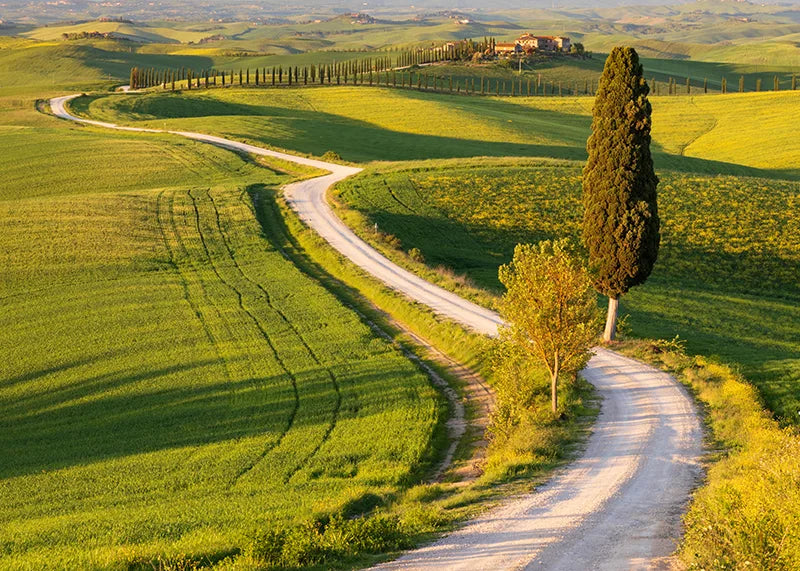A Short History of Ferragosto

All you need to know about this ItalianISSIMO holiday
August 15 is a holiday in Italy, and one of the most anticipated days of the summer in the boot country. For many businesses, in fact, the date – which we call Ferragosto – marks the time to close shop and go on vacation for the rest of the month, be it by the beach or mountainside.
If you’re in an Italian city, you’ll notice its effect by the number of stores that shut down around Ferragosto, leaving urban centres empty and a little sleepy.
It is, simply put, peak summer here.
But how did it originate, and why do we love it so much? Also, how are you supposed to celebrate it? We’ve got all the answers below. Read on, and happy Ferragosto!
A Roman Holiday (the Ancient Kind)

Ferragosto has been around for a while – ancient Roman times, to be exact. The name derives from the Latin feriae Augusti (rest of Augustus), in honour of the first Roman emperor Octavian Augustus, from whom the sunny month also takes its appellation.
It was a period of rest and celebrations established by the emperor himself in 18 BC, originated from the tradition of the Consualia – a festival dedicated to Conso, the Roman god of earth and fertility, which celebrated the end of agricultural work.
Festivities and horse races were organised throughout the empire, and draft animals, exempted from work in the fields, were adorned with flowers.
The pagan festival was actually celebrated on August 1, though the resting time (and the revelries) lasted pretty much the whole month.
Even back then, our ancestors understood the importance of a little R&R, and were already mastering the art of carefree living.

From Heathen to Holy
In the 7th century, Ferragosto was assimilated by the Catholic Church, which set August 15 as the day of the Assumption of Mary – aka the time when the Virgin Mary ascended to heaven. The occasion turned religious, and on the calendar it’s still considered so today. Visit small villages across Italy – especially in the south – and you might come across a procession to celebrate the date, or even a special mass for it.
An All-Italian City Break

Ferragosto as we know it today – a day for beach shenanigans and grigliate (bbq) in the garden – began to take shape during the fascist regime that ruled Italy in the first half of the 20th century. Workers were encouraged to take a short break mid-August – what’s often referred to as la gita fuori porta (a short trip out of town) – as train tickets were discounted for any holiday destination around the peninsula.
In the following decades, the tradition stuck (luckily the government didn’t), and Italians began to consider Ferragosto as their official ‘out-of-office’ summer date.

How Does the Country Celebrate?
Besides going on holiday – perhaps on a paradisiac Italian island? – Italians like to mark Ferragosto by getting together over food (obviously), or hitting the nearest beach and indulge in some dolce far niente for the day. La gita fuori porta is still very much a thing for those who can’t take too much time off, and a must for anyone who’s visiting the country, too.
Or you could stay put in the city – and have it almost all to yourself.